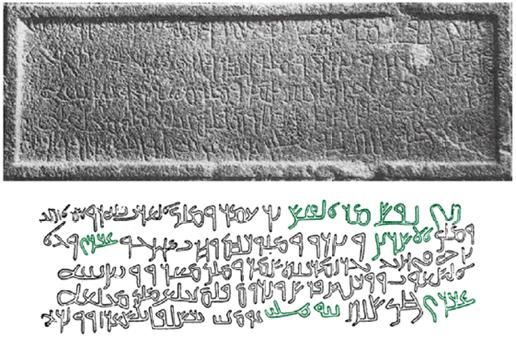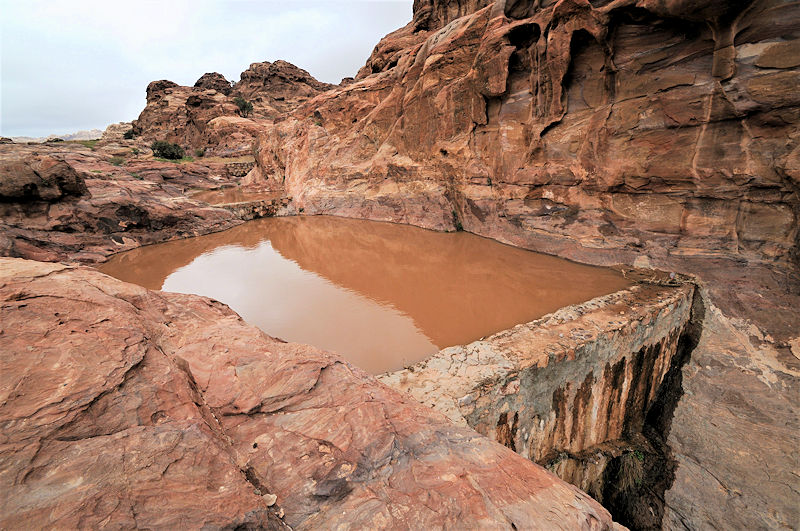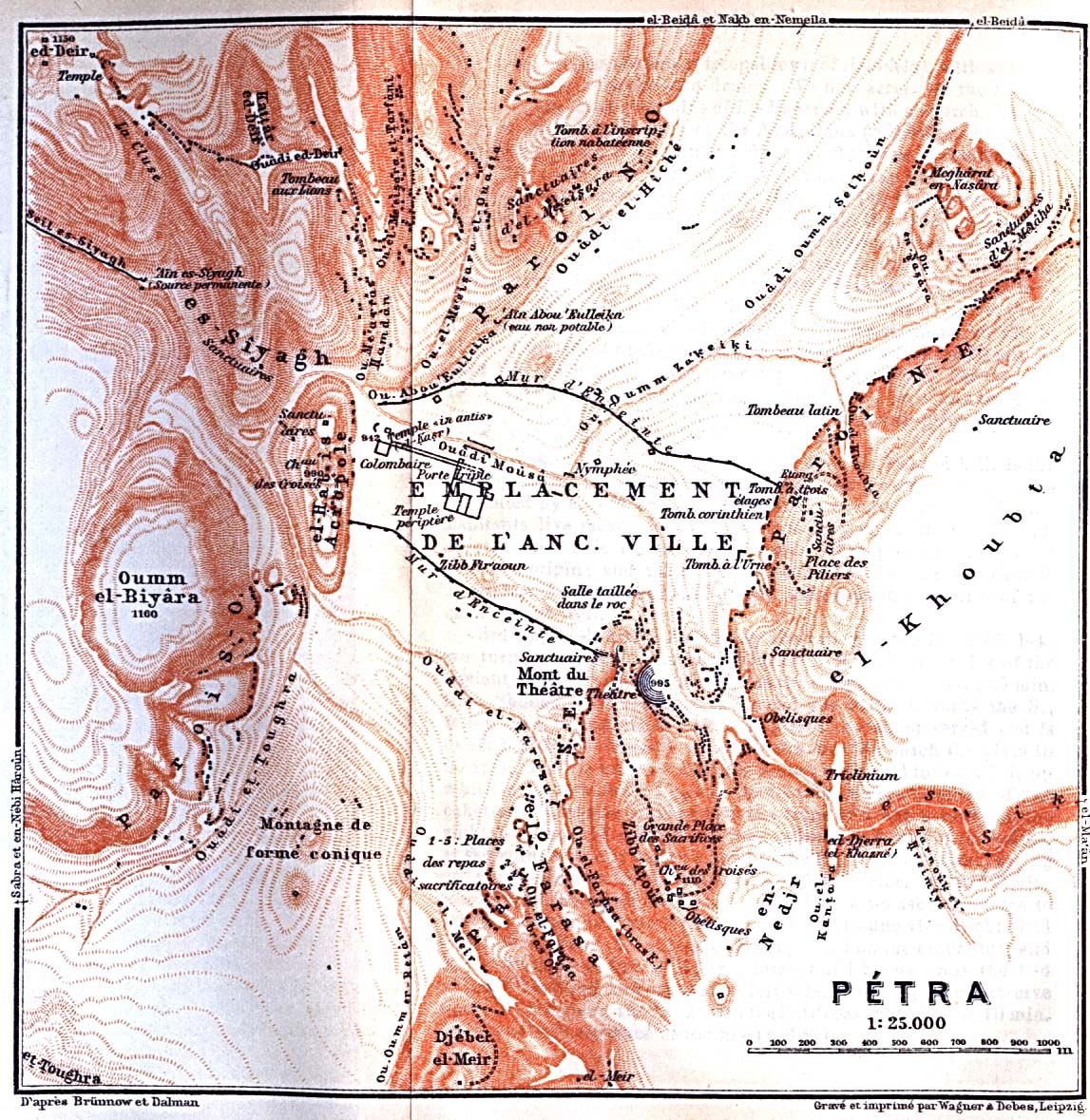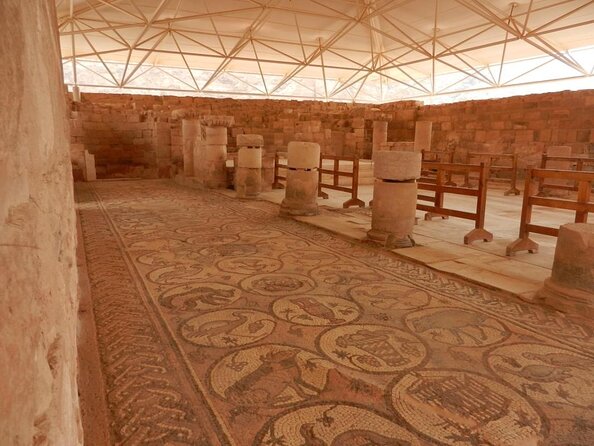History of Petra
Nabataean Language

The Nabataean script, kind of like an ancient consonantal alphabet called an abjad, was used to write Nabataean Aramaic and Nabataean Arabic from around the second century BC onwards. You can find important writings in places like Petra (which is in Jordan now), the Sinai Peninsula (part of Egypt these days), and some other old sites like Abdah (in Israel) and Mada'in Saleh in Saudi Arabia.
We only know about Nabataean through inscriptions and, more recently, a few bits of papyri. This guy named Eduard Friedrich Ferdinand Beer figured it out back in 1840. There are about 6,000 to 7,000 Nabataean inscriptions that people have talked about, but more than 95% of them are really short. Most of them don't have a date or are from after the Nabataean period, or they're from places outside the main Nabataean area. Sinai is the hotspot for these inscriptions, and there are still about 4,000 to 7,000 Sinaitic ones that no one has published yet. Before they found Nabataean papyri, the main bunch of detailed Nabataean writing was in 38 inscriptions from Hegra, which Julius Euting shared with the world in 1885.

Technology

The impressive water channeling technology created by the Nabateans included many other processes, including the construction of aqueducts, terraces, dams, cisterns, and reservoirs, as well as methods for harvesting rainwater, flood water, groundwater, and natural springs. Using their sophisticated water technology, the Nabataeans were able to ensure a continuous water supply throughout the year. The Nabateans created their water collection structures so that they would be invisible to passers-by, and so that they could only be found by those who knew of their presence. The complex systems collected water from mountains. They shaped rocks into ledges to collect the initial flow of water from the mountain. They chiseled channels into the sides of the mountain, trailing the water flow into cisterns and dams for later usage
(Hydraulic Engineering)

Economy

The Nabataean Kingdom was built on the basis of trade and economics, rather than a central political structure and the strength of a large army. Throughout the history of their empire, the Nabataeans engaged in trade, purchasing goods in Southern Arabia, India, and East Asia, transporting them by boat and camel caravan to the inner Nabataean Kingdom from where they transported and sold these goods to the Egyptians, Greeks, and Romans. The Nabataeans did not transport one type of product, but rather, they transported a large variety of goods, including incenses, spices, precious stones and rare plants and animals. In the Middle East the Nabataeans gained control of the bitumen trade and the copper trade, where they managed the mining and marketing of these products.Because of their ability to harvest water in the desert, the Nabataeans developed their own trade routes, independent of the traditional water sources that were under the control of local tribes. In a few cases they managed to act as pirates on the trade routes of these empires, and thus stole back the goods they sold, and then managed to sell them back again.

Religion

Petra served as the hub of an Arab kingdom during the Hellenistic and Roman periods. The Nabataeans, who inhabited Petra, adhered to a pantheistic belief system, venerating local deities as well as gods from other societies, such as Isis and Dionysus. Over time, the residents of Petra gradually transitioned from their pagan beliefs to embrace Christianity.

Poltical System

The specific details of the political structure and administrative organization of ancient Petra are not as well-documented as those of some other ancient civilizations. The Nabataean society was influenced by Arabian, Hellenistic, and indigenous Arabian elements, and their governance structures likely reflected a combination of these influences. Archaeological remains, inscriptions, and historical accounts contribute to our understanding of Petra's political system, but there may still be gaps in our knowledge.










